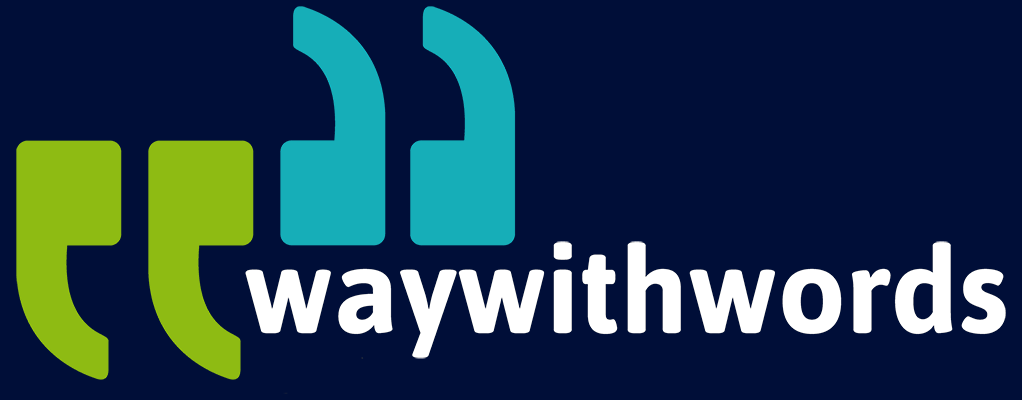Transcription Services for Educational Institutions
Are Transcription Services Available for Educational Institutions?
Within academia, transcription services have emerged as an indispensable resource for educators, students, trainers and their resources, and researchers. By converting audio content into text, these services address accessibility challenges, enhance educational experiences, and streamline research processes. This comprehensive guide explores the multifaceted benefits of transcription services in educational institutions, their applications, and their broader implications for advancing academic excellence.
Common Questions:
- How do transcription services support students with disabilities?
- What are the primary applications of transcription in academic settings?
- Are transcription services secure and reliable for sensitive research data?
The Role of Transcription Services in Education
Transcription transcends simple text conversion, becoming a cornerstone of inclusivity and accessibility in education. For students with auditory impairments, transcription ensures equitable access to lectures and discussions. Likewise, international students or those facing language or cognitive barriers benefit from resources that allow them to engage with content at their own pace.
Research highlights the pedagogical impact of transcription. For example, a University of California study demonstrated that integrating auditory and textual resources in lectures increased information retention by up to 50%. The study combined quantitative performance assessments with qualitative feedback, emphasising the dual benefits of enhanced comprehension and engagement. By catering to diverse learning preferences, transcription fosters more equitable academic environments.

Transcription also aids educators by enabling the creation of standardised, accessible teaching materials. Institutions committed to inclusivity often incorporate transcription into their broader accessibility strategies, fulfilling both legal and moral obligations to ensure equal opportunities for all students.
Key Takeaway – The implementation of transcription services is vital for cultivating inclusive, equitable, and universally accessible academic environments.
Key Benefits of Transcription Services
- Enhanced Accessibility: Students with disabilities or language barriers gain equal access to academic discourse.
- Improved Study Resources: Written transcripts offer invaluable tools for reviewing complex concepts and preparing for assessments.
- Streamlined Research: Organised, searchable transcripts facilitate efficient analysis of qualitative data, especially in interviews and focus groups.
- Facilitated Collaboration: Transcription supports teamwork among geographically or culturally diverse groups by providing consistent reference materials.
- Professional Development: Detailed transcripts of workshops and training sessions serve as enduring resources for skill enhancement.
Supporting Data
According to the National Center for Education Statistics (NCES), approximately 14% of tertiary students report a disability. Transcription services empower these learners by providing searchable text, real-time captions, and integration with assistive technologies like screen readers. Furthermore, international students benefit from services offering text translation and native language adaptations, thereby enhancing global academic engagement.
Common Applications of Transcription Services in Academia
- Lecture Transcription: Ensures students can revisit complex material through accessible text formats.
- Seminars and Webinars: Converts virtual learning sessions into reusable educational resources.
- Research Interviews: Provides accurate transcripts that simplify qualitative data analysis.
- Conference Documentation: Preserves critical insights from academic discussions for wider dissemination.
- Student Research Projects: Supports qualitative studies by transforming audio data into text for theses and dissertations.
- Continuing Education: Supplies lasting records of professional development courses for future reference.
Real-Life Example
At the University of Manchester, transcription services were integrated into a global studies programme. The initiative led to a 30% improvement in comprehension rates among students, with participants reporting higher satisfaction levels regarding course accessibility. Faculty members observed enhanced student engagement and a marked 18% reduction in dropout rates, underscoring the value of accessible learning environments.
Case Studies Highlighting the Impact of Transcription
Case Study 1: Supporting Disabled Students
A London university adopted transcription services to aid students with hearing impairments. This initiative facilitated equitable participation, with students expressing greater confidence in engaging with lecture materials. The availability of written transcripts played a pivotal role in academic success.
Case Study 2: Enhancing Research Efficiency
A sociological research team utilised transcription for over 50 hours of interviews. Searchable transcripts reduced manual workload and improved accuracy, accelerating data analysis by 40% and enabling timely publication of findings.
Emerging Trends in Transcription Technology
- Integration with Learning Management Systems (LMS): Platforms like Moodle and Blackboard now feature embedded transcription tools, offering automated captions and searchable transcripts to enhance resource accessibility.
- Advancements in AI Transcription: AI-driven transcription tools are improving through innovations like contextual analysis, which recognises subject-specific terminology. While cost-effective, these tools still benefit from human oversight for critical applications.
- Multilingual Capabilities: The demand for multilingual transcription services continues to grow, supporting international collaboration and addressing the needs of diverse student populations.
- Real-Time Transcription: Real-time tools leverage advanced speech recognition to deliver instantaneous text. However, challenges such as background noise, multiple speakers, and varied accents remain areas for refinement. Combining technology with human review ensures quality.
- Privacy and Security Enhancements: With transcription services increasingly integral to academic workflows, robust data protection measures are paramount. Institutions are prioritising providers with strict confidentiality protocols to safeguard sensitive information.
Practical Tips for Implementing Transcription Services
- Choose Trusted Providers: Select services with proven accuracy and security.
- Use Hybrid Models: Combine AI tools for speed with human editing for precision.
- Prioritise Accessibility: Opt for features designed to meet diverse learner needs.
- Ensure Integration: Verify compatibility with institutional systems.
- Review Security Policies: Ensure strong data protection measures.
- Train Staff: Provide faculty with training to maximise the benefits of transcription tools.
Transcription services are reshaping educational delivery and research. By addressing accessibility barriers, enriching resources, and streamlining workflows, they are indispensable to modern academia. As technology evolves, these services will continue to innovate, offering advanced solutions to meet the dynamic needs of institutions.
Investing in transcription services empowers institutions to create inclusive, progressive learning environments, fostering academic and research excellence. By prioritising accessibility today, universities can build a more equitable and innovative future for education.

Further Transcription Resources
Education Technology: Explores the role of technology in education and its implications for transcription services.
Way With Words Transcription Services: Offers high-accuracy transcription solutions with robust security protocols, tailored to academic and professional needs.
